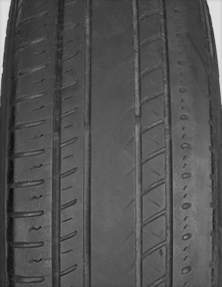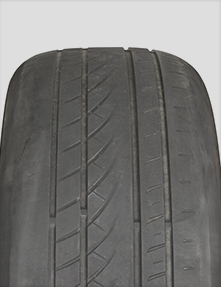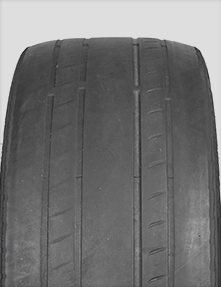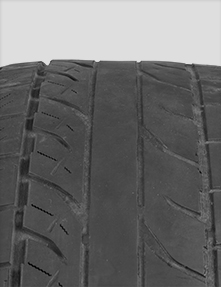Proper Inflation
You should examine your Yokohamas once a month. And not just because they’re good-looking tires. You should inspect them to make sure there are no cuts or snags on the sidewalls and that they don’t have any nails or screws in the treads that you could have picked up while driving.
You should also regularly check the wear on the tread. The following images display uneven or excessive wear.
One-sided wear
Description
The tread on one shoulder of the tire is wearing faster than the other shoulder. May be present on both tires on the same axle.
Cause
Misalignment (toe or camber), not rotating tires as recommended, aggressive driving style.
Action
Correct alignment condition. Rotate tires as recommended by Yokohama. Reversing the tire on the wheel may extend tire life (take care with unidirectional or asymmetric tires). Moderate driving style.
Go Back to tire inspection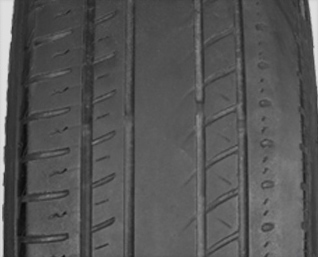
Both Shoulder Wear
Description
The tread on both shoulders of the tire are wearing faster than the tread elements in the center of the tire.
Cause
Improper inflation pressure, not rotating tires as recommended.
Action
Maintain appropriate inflation pressures. Rotate tires as recommended by Yokohama.
Go Back to tire inspection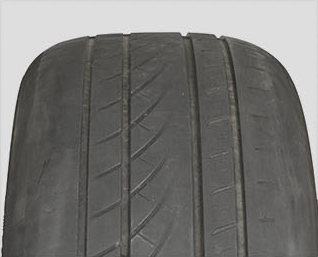
Cupping
Description
Local, irregular worn patches around a tire. May be accompanied by tire noise or vibration.
Cause
Not rotating tires as recommended. Other causes include: improper inflation, poor tire/wheel assembly balance, or worn suspension parts.
Action
Rotate tires as recommended by Yokohama. Maintain proper inflation pressure. Verify good mechanical condition of vehicle.
Go Back to tire inspection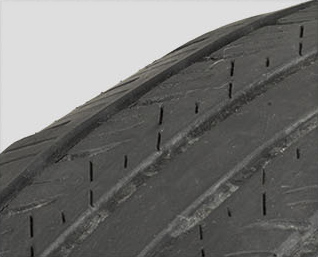
Rapid Wear
Description
Tires worn out sooner than expected, with even wear.
Cause
Aggressive driving style, not rotating tires as recommended. Other contributing factors include: driving on abrasive road surfaces, driving in mountainous/hilly terrain, or carrying very high loads. High-performance tires may exhibit this condition more commonly than all-season tires.
Action
Moderate driving habits and avoid spinouts. Rotate tires as recommended by Yokohama. Choose tires with appropriate speed and load rating for the vehicle.
Go Back to tire inspection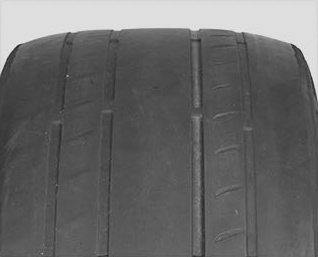
Heel-To-Toe Wear
Description
Tread elements are taller on the front edge than the back edge. May be accompanied by tire noise or vibration. Aggressive tread patterns may be more susceptible to this condition.
Cause
Not rotating tires as recommended. Other causes include: improper inflation and mismatched air pressures on dual tire assemblies.
Action
Rotate tires as recommended by Yokohama. Maintain proper inflation pressure. If not severe, reversing the direction of rotation (for non-directional tires) may extend tire life.
Go Back to tire inspection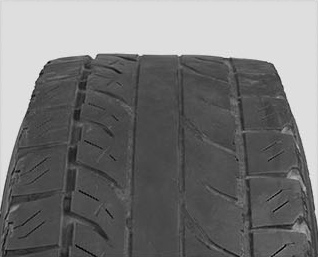

 Automotive
Automotive  Commercial
Commercial  OTR
OTR 